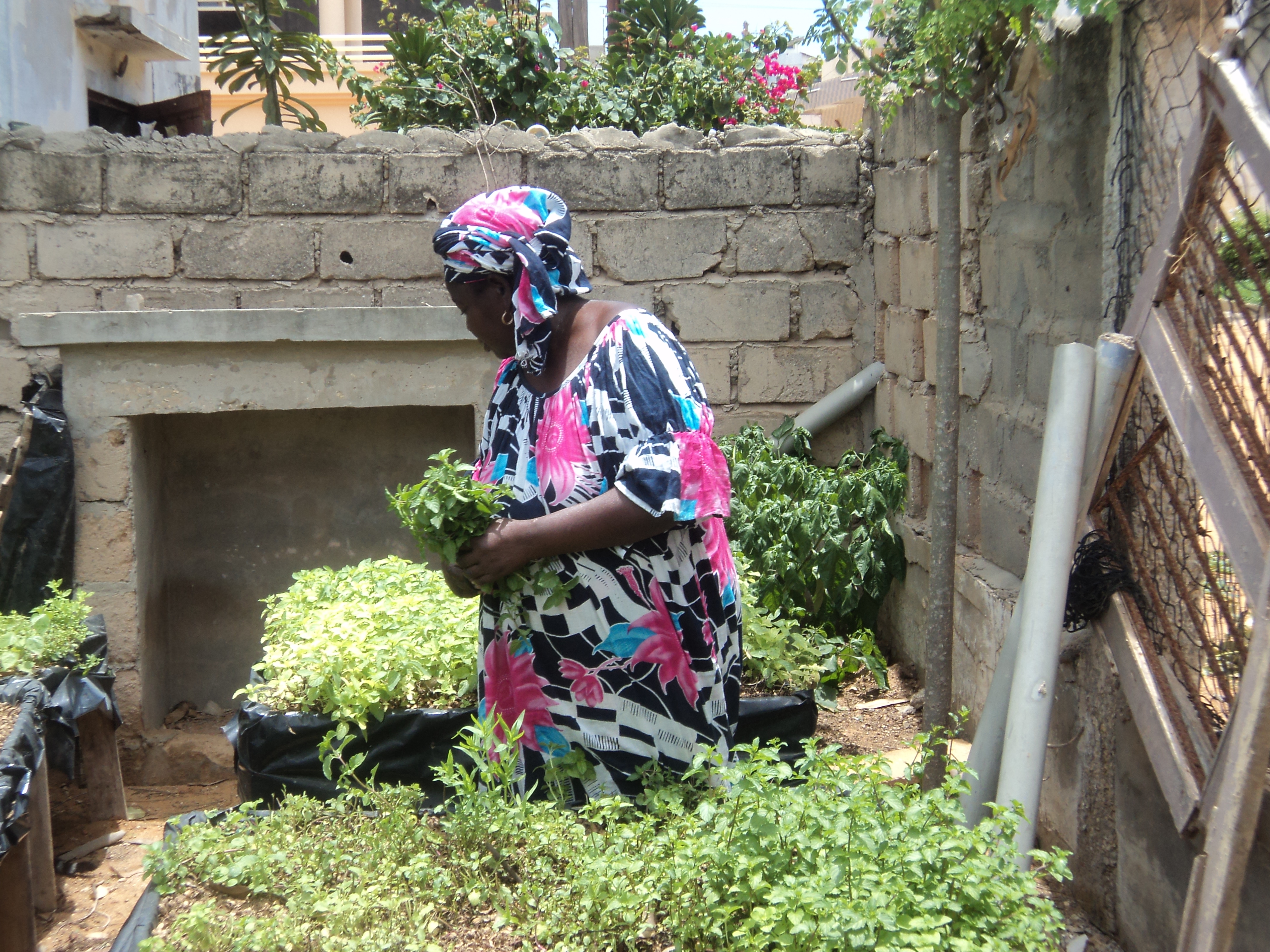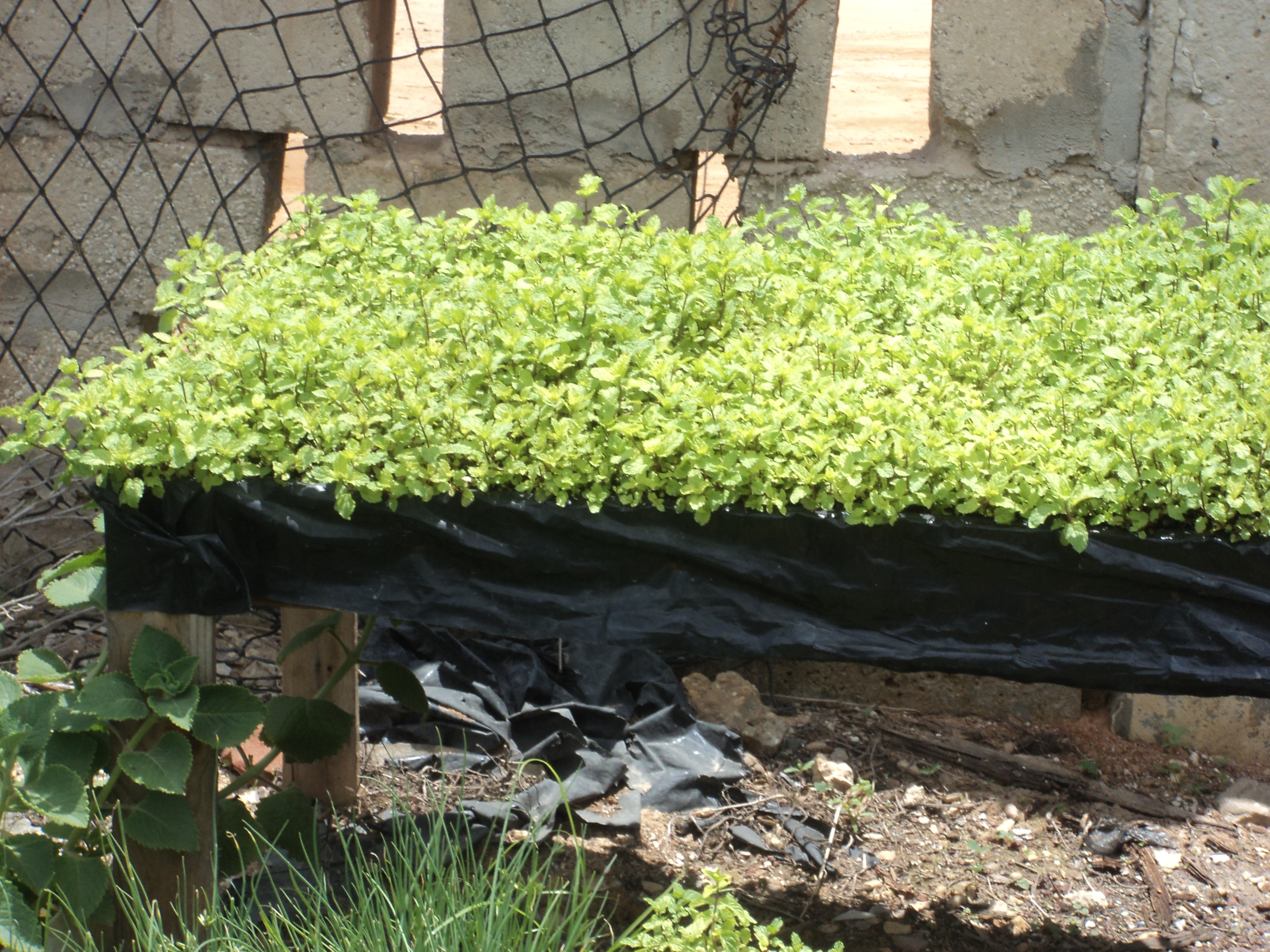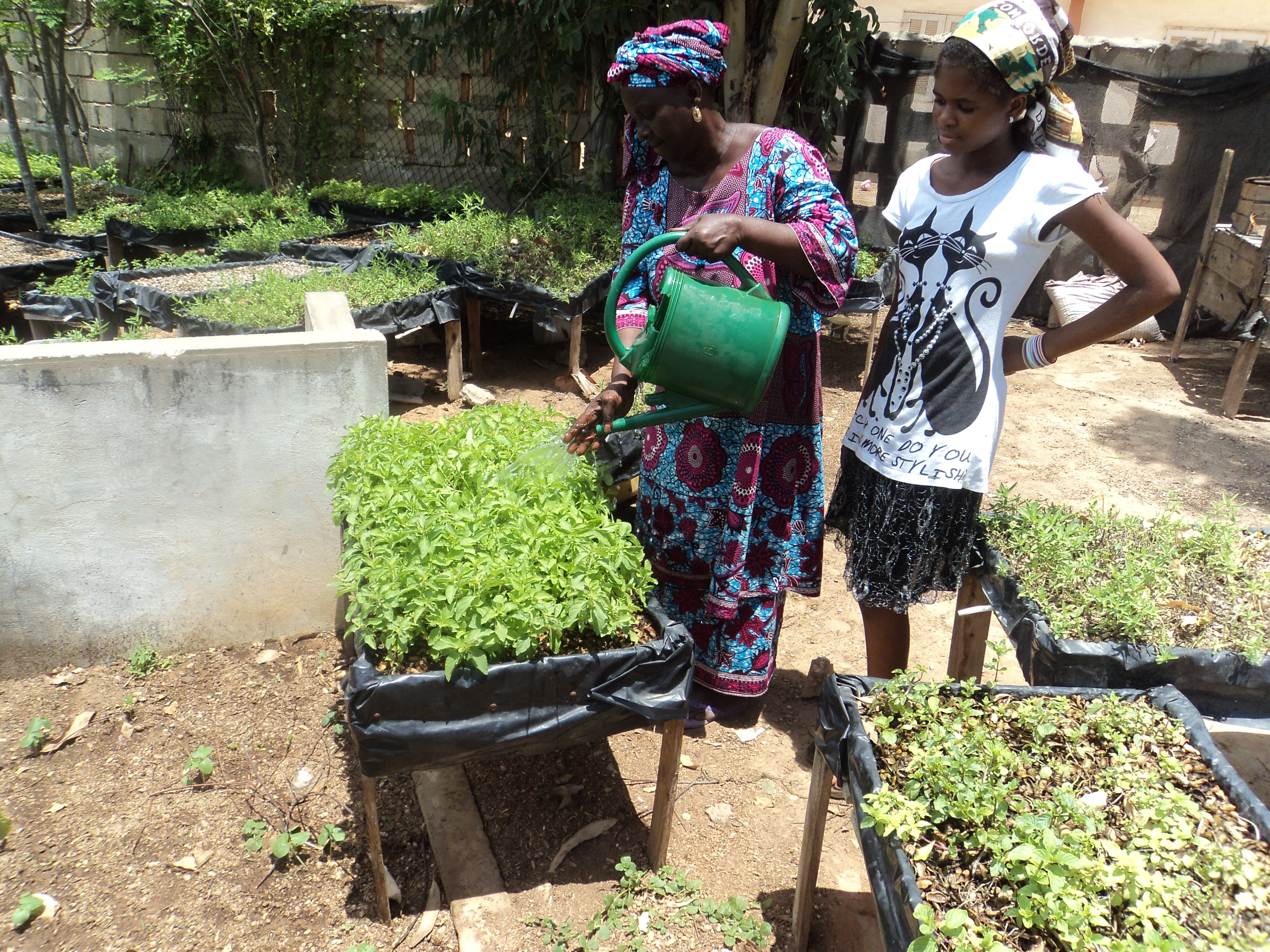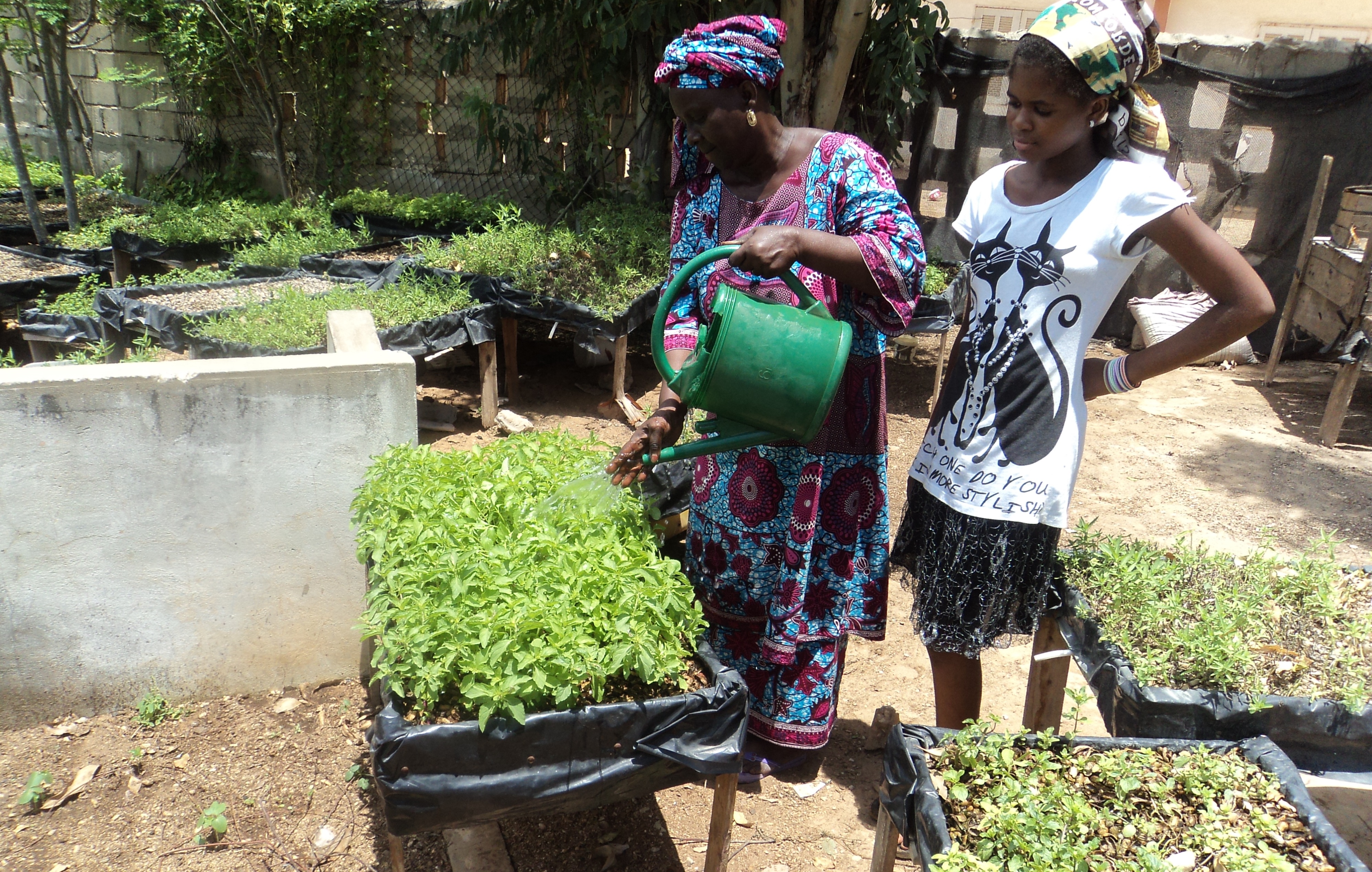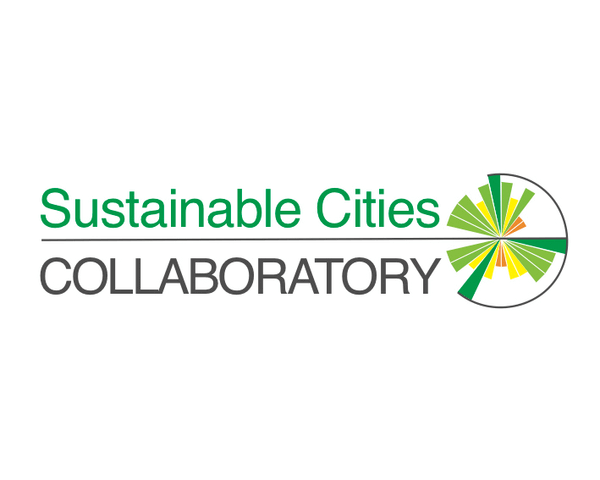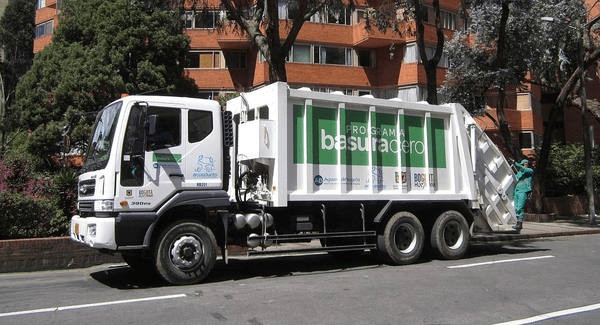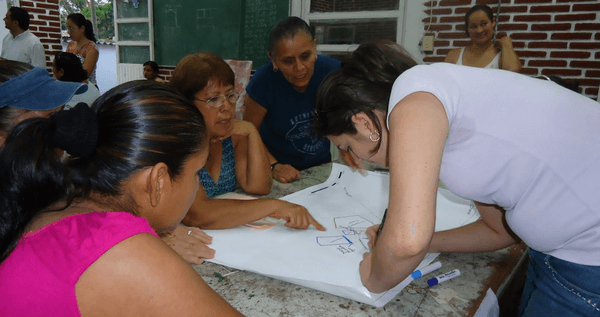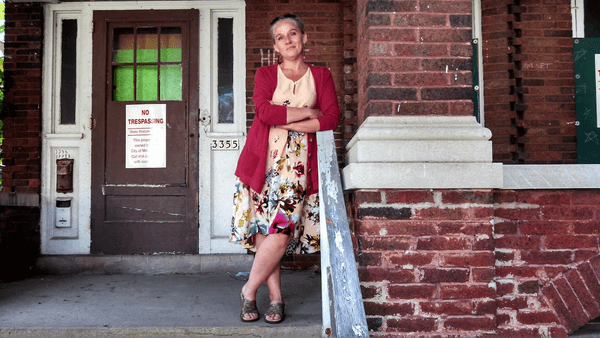City
Dakar
Main actors
City Government, Supranational / Intergovernmental Institutions, NGO / Philanthropy
Project area
Neighborhood or district
Duration
1999 - 2012
Micro-gardening is a form of soilless horticultural production undertaken in small urban spaces, and contributes to the fight against food insecurity in Dakar.
Dakar houses approximately 25% of the country’s population. Agricultural space is sparse, and proper food security is not provided. To provide Dakar inhabitants with alternative supply solutions, the UN Food and Agriculture Organisation (FAO) in collaboration with the government of Senegal, the Municipality of Dakar, and several NGOs launched the project for micro-gardening in 1999. Since then, the project has been re-launched several times. In 2004 the project was transferred to other cities in Senegal and Africa.
Micro-gardening technology permits soilless horticultural production in small urban spaces such as roofs, yards, or vacant areas. Before implantation in Dakar, the project had already been used to reduce poverty in Latin American and the Caribbean. The project provides families with food and allows them to sell the surplus for a small income. It generally targets environmental enhancement for fragile groups in societies by enabling inhabitants to produce food in urban situations.
The programme in Dakar was very successful: more than 4,000 families were trained. The harvests provided families with fresh vegetables, and a surplus to sell. The technique of micro-gardening does not require expensive material and intense training; it can be easily implemented and transferred to other environments.
This project has been chosen by the city of Dakar to be peer-reviewed in the frame of the Sustainable Cities Collaboratory: https://policytransfer.metropolis.org/news/sustainable-cities-collaboratory
Dubai International Award for Best Practices
This project was awarded the 'Dubai International Award for Best Practices' in 2008.
On Map
The Map will be displayed after accepting cookie policy
